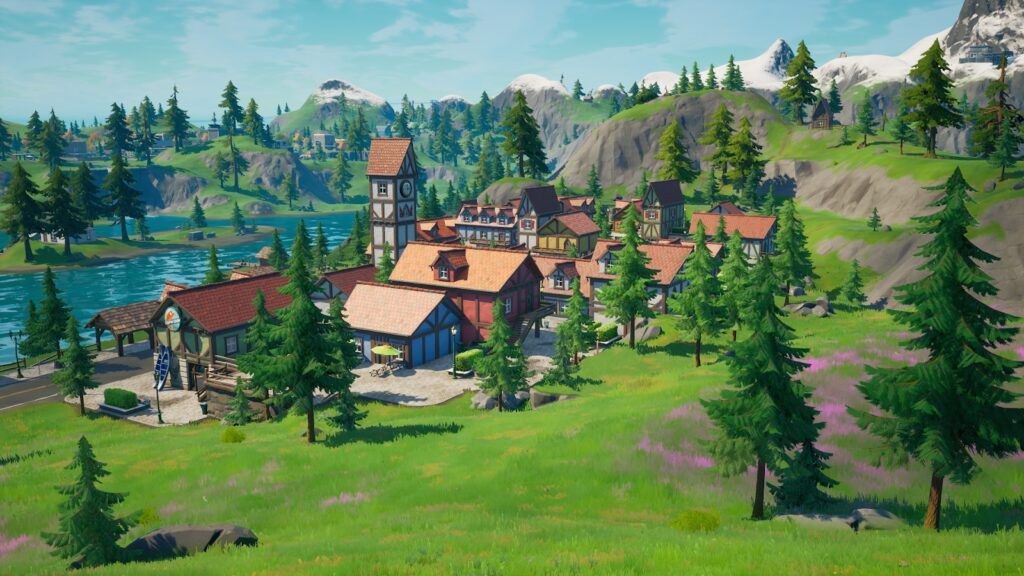The guide to level design in building an immersive virtual world starts with establishing a clear sense of the game’s world and its rules – setting, backstory, mechanics and goals. The level layout must create a flowing experience while guiding the player through the game world. Visuals can help to create an immersive atmosphere using color palettes, lighting and other vivid visual elements. Creating memorable and engaging characters and non-playable characters (NPCs) with a backstory, motivation, distinctive features, dialogue and unique abilities can add depth and texture to the game world and help to build an emotional connection between players and the game’s story.
Building Immersive Virtual Worlds: A Guide to Level Design
In the world of modern game design, creating immersive virtual worlds that capture the imagination of players is increasingly important. The level design of a game is a critical aspect of achieving this goal, helping to shape the player’s experience and guide them through the game’s narrative. With so many different approaches to level design, it can be challenging to know where to start. In this guide, we’ll take a look at some of the key elements involved in creating immersive virtual worlds that engage players and keep them coming back for more.
Setting the Stage: Defining the Game World
Before creating any levels, it’s important to establish a clear sense of the game’s world and its rules. This includes everything from the setting and backstory to the mechanics and goals of the game. When designing your game world, you should consider the following questions:
- What is the game’s setting and time period?
- What is the backstory of the world?
- What are the game’s mechanics, and how do they fit into the world?
- What is the overarching goal of the game, and how does it relate to the world?
By having a clear sense of your game world in mind, you can start to build levels that fit seamlessly into the narrative and create a cohesive sense of immersion.
Mapping the Terrain: Creating a Flowing Level Layout
Once you have a clear vision of your game world, it’s time to start designing levels. One of the most critical aspects of level design is creating a flowing layout that keeps players engaged and immersed. Your level layout should feel organic and intuitive, guiding players through the game world without feeling too linear or restrictive.
When mapping out your level, consider the following factors:
- How will players move through the level, and what is the natural flow of the terrain?
- What barriers or obstacles will players encounter, and how can they be overcome?
- Where will enemies or challenges be placed, and how do they fit into the level’s layout?
- How will checkpoints be used to guide player progress and prevent frustration?
By taking a thoughtful approach to level layout design, you can create a seamless and immersive playing experience that keeps your players coming back for more.
Painting the Picture: Using Visuals to Create Atmosphere
Along with effective level layout and terrain design, effective use of visuals is also crucial to creating an immersive virtual world. By using color palettes, lighting, and other vivid visual elements, you can help to create an immersive atmosphere that fully draws players into the game world.
When creating visual elements for your game, consider the following factors:
- What is the overall tone and atmosphere of the game world, and how can visual elements be used to enhance this atmosphere?
- How can color palettes and lighting be used to create contrast and draw attention to key areas of the level?
- What textures and details should be included in the level to create a sense of realism and depth?
- Are there any special effects or other visual elements that can be used to enhance immersion and create a more engaging playing experience?
By taking a thoughtful approach to visual design, you can create a rich and immersive game world that fully transports players into a captivating virtual realm.
Building Character: Creating Engaging Enemies and NPCs
Finally, it’s important to think about how characters and non-playable characters (NPCs) will fit into the game world. By creating memorable and engaging characters, you can add depth and texture to the game world and help to build an emotional connection between players and the game’s story.
When designing characters and NPCs, consider the following factors:
- What is the backstory and motivation of the characters, and how do they fit into the game world?
- How can you make the characters distinctive and memorable, through dialogue, unique abilities, or other engaging features?
- How do the characters interact with the player, and what role do they play in the overall narrative arc of the game?
- What impact do the characters have on the player’s emotional engagement with the game, and how can this be leveraged to create a more immersive experience?
By taking a careful approach to character design, you can create a game world that feels rich and engaging, with distinctive characters that players will remember long after the game is over.
Conclusion
Ultimately, creating immersive virtual worlds that draw players into a rich and captivating game experience is all about taking a thoughtful and strategic approach to level design. By focusing on creating cohesive game worlds with intuitive level layouts, rich visual elements, and engaging characters and NPCs, you can create a game that keeps players coming back for more.
